Understanding Mercedes-Benz Nomenclature
We’ve done just about every other premium brand out there (besides Jaguar). So it’s time to tackle the granddaddy of them all. Here’s Mercedes-Benz nomenclature as I see it.
A typical Mercedes model is casually referred to in the following way:
“Mercedes-Benz E400d 4MATIC” or “Mercedes E-Class”
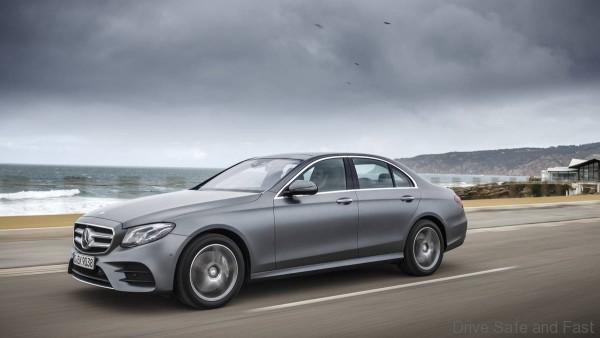
But if you search “Mercedes-Benz E-Class” on a typical listing site, you will find many, many variants. Let’s take the more complete name of a typical Mercedes-Benz as an example:
“Mercedes-Benz E400d 4MATIC”
Because Mercedes-Benz has a unique way of doing things, let’s break that name down in parts.
1. Mercedes-Benz E400d 4MATIC AMG LINE
Benz = Sub-brand indicator
The first thing you need to understand is that there are three ‘sub-brands’ that sport the ‘Mercedes’ name. Mercedes-Benz, of course, is the one most commonly referred to. It’s the name of the company (Mercedes-Benz Passenger Cars/Mercedes-Benz Commercial Vehicles), and most of their passenger cars are sold under the Mercedes-Benz brand.
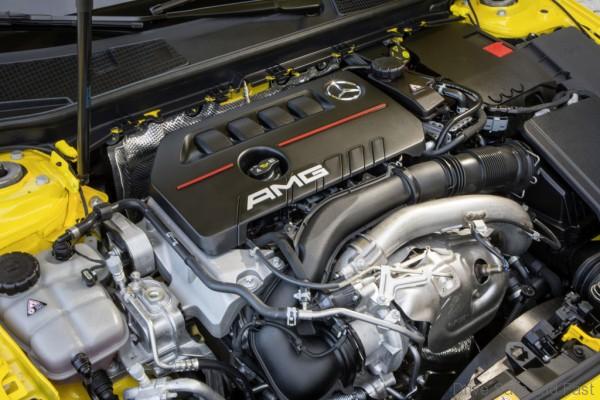
Trivia: Most models sold by Mercedes-Benz have AMG-tuned/built alternatives today
But for high-performance vehicles, look for those sold under the Mercedes-AMG subbrand. At the very top end, you’ll find next level luxury limousines from the Mercedes-Maybach subbrand. AMG and Maybach have colourful histories of their own, but Daimler has decided to integrate them as sub-brands sold and serviced in Mercedes-Benz centres.
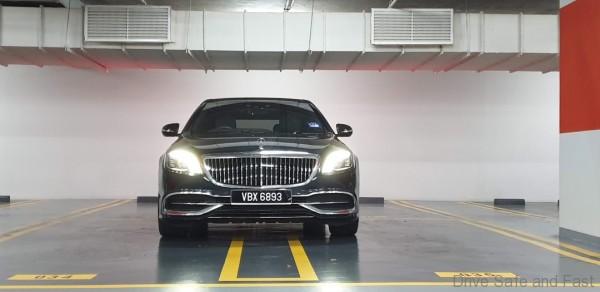
Observation: Daimler’s poor handling of the ‘Maybach’ brand has reduced it to a sub-brand of Mercedes. Now available as an S-Class trim level.
2. Mercedes-Benz E400d 4MATIC AMG LINE
E = Model Indicator
Here’s where it gets interesting.
Mercedes-Benz models can be split a number of ways. Here’s how I would suggest looking at them

Core – A, B, C, E, S
Core models aren’t necessarily the best selling models, but they form the basis of SUV and coupe bodystyle derivatives. If you can add a ‘-Class’ after the alphabet, I would count it as a ‘core’ model. Except for the G-Class. That one sits by itself.
Compact cars – A-Class, B-Class
Sedans – C-Class, E-Class, S-Class
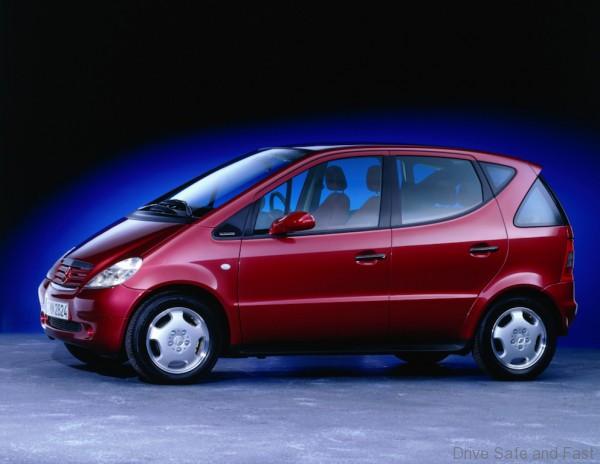
Observation: The A-Class has climbed its way to the top from humble beginnings. Today it is considered a core compact model in the Mercedes-Benz stable.
SUV Derivatives (Take a Core Model, Jack it up) – GL prefix
A ‘GL’ before the name denotes an SUV (crossover for the smaller models). The last letter indicates to which core product the model belongs. For example, a GLC is an SUV that is derived from the C-Class.
SUVs – GLA, GLC, GLE, GLS
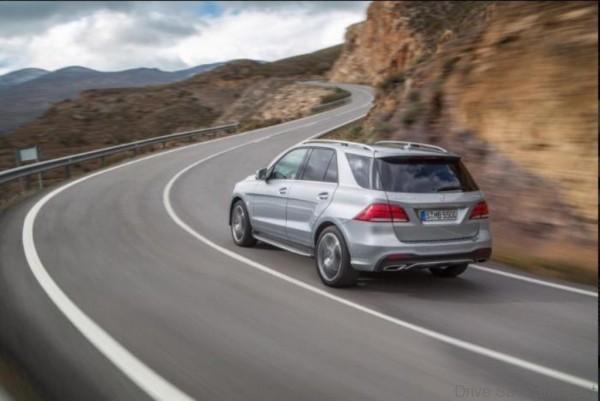
Trivia: this model went from being called the M-Class to the ML to the GLE
The G-Class sits in its own special category even though it’s often marketed as part of Mercedes-Benz SUVs.
4-Door Coupe Derivatives (Take a Core Model, Style-it-up) – CL prefix
A ‘CL’ before the name denotes a 4-door coupe. For the CLA, the last letter indicates to which core product the model belongs. The CLS, though, is more closely related to the E-Class. The ‘S’ here alludes to its status and price positioning.
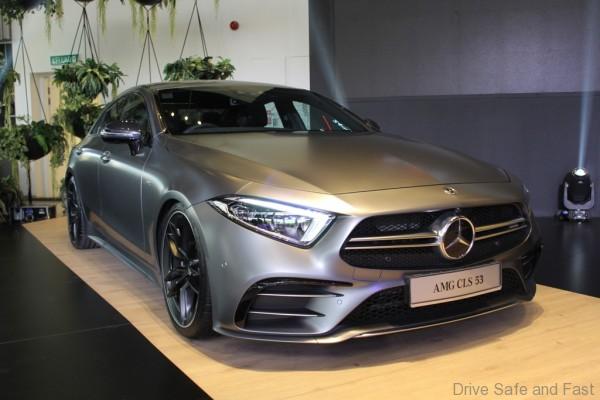
Trivia: The CLS was one of Mercedes-Benz’s big breakthroughs in the mid-2000s. It continues as part of the portfolio today in its 3rd generation.
4-Door Coupes – CLA, CLS
For some reason, the 4-door derivative of the Mercedes-AMG GT is not called the CLGT but the GT 4-door Coupe.
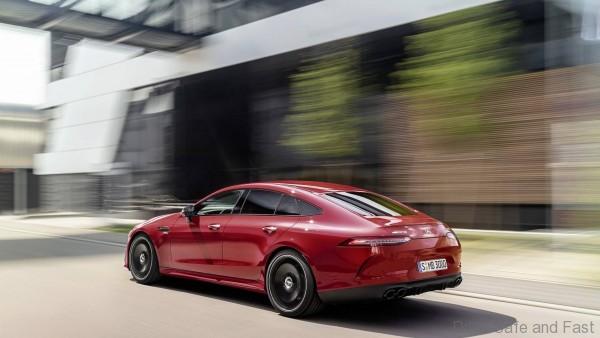
Speculation: CLGT just doesn’t roll off the tongue.
Coupe & Cabriolet Derivatives (take a Core Model, Style-it-up and drop 2 doors/roof) – Coupe/Cabriolet suffix
If a Core model has ‘Coupe’ behind the name, then it’s a 2-door coupe.
The C Coupe, E Coupe, and S Coupe are all 2 door variants of their respective core models.
If they’re a soft-top 2-door convertible, then they’ll sport ‘Cabriolet’ behind their name.
*when referring to these cars by their full name, put ‘Coupe’ or ‘Cabriolet’ after the performance indicator. Example: E300 Coupe
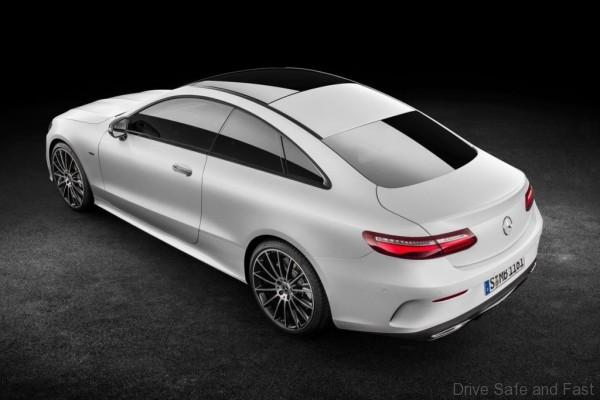
Trivia: The W124 E-Class was the last E-Class Coupe before the present W213 model. Every 2-door E-Class in between were C-Class-based and called the CLK. Interestingly, the inline-6 engine also disappeared and reappeared on those E-Class generations.
4-Door Coupe SUV Derivatives (Take an SUV, Style-it-up) – SUV with Coupe suffix
But Mercedes also sells 4-door coupe-styled SUVs. No, they’re not called CLGLC or CLGLE as they should be. Instead, they’re referred to as the GLC Coupe and GLE Coupe.
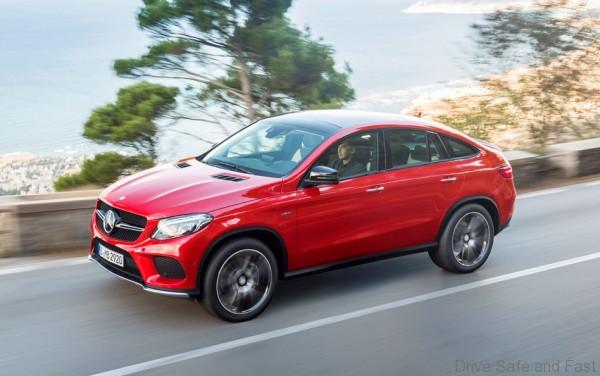
Observation: If Mercedes-Benz didn’t offer a GLE Coupe, they’d have nothing to stop the BMW X6
Wagon Derivatives
Wagons aren’t popular in Malaysia, but Mercedes-Benz treats them this way:
If it’s a core model in the wagon format, add ‘Estate’ after its performance indicator (E300 Estate, or E-Class Estate).
If it’s a CL model in the wagon format, add ‘Shooting Brake’ after its performance indicator (CLA250 Shooting Brake, or CLS Shooting Brake)
Performance Models
There are 2 broad families here. The more leisure-focused Mercedes-Benz SLC and SL roadster and tourer models and the more performance-focused Mercedes-AMG GT.
Specialist Models
The next broad category of vehicles sold by Mercedes-Benz are the ‘specialists’. They do share some components with other cars, their body-styles and use cases are quite distinct.
Off-Roader – G-Class
Van – V-Class
Pick-up truck – X-Class
3. Mercedes-Benz E400d 4MATIC AMG Line
400 = Performance Indicator
Mercedes-Benz models will denote power using three digits. These three digits are a ‘relative indicator’ similar to what almost every premium car manufacturer is doing now. So a ‘200’ model in the 1980s would have pointed to a Benz with a 2-litre engine, today there are ‘200’ models with turbocharged 1.3-litre engines. You could take the three digits to mean it ‘has the power of a typical engine of this displacement’.
Common digits used are:
160
180
200
220
250
300
350
400
450
500
550
560
600
Mercedes-AMG performance indicators
Mercedes-AMG vehicles denote their power output with 2 digits. These are even more relative and vague as indicators of power, but here’s a sense of how to understand them. Note that the figures are a guide only, as they fluctuate between models and with updates.
A, CLA, GLA
35 – (302hp, 400Nm) 2.0L Inline 4 Turbo Petrol
45 – (381hp, 475Nm) 2.0L Inline 4 Turbo Petrol
C, GLC, SLC, GLE, SLC
43 – 3.0L V6 Biturbo Petrol
E, CLS
53 – 3.0L Inline 6 Turbo Petrol + ISG
C, E, S
63 – 4.0L OR 5.5L V8 Biturbo Petrol
S
65 – 6.0L V12 Biturbo Petrol
4. Mercedes-Benz E400d 4MATIC AMG Line
d = Fuel Type Indicator
After the performance indicator, you’ll find the fuel type indicator. If blank, it’s a regular old petrol engine. Otherwise, you’ll find a lower case:
e – Plug-in Hybrid
d – diesel
5. Mercedes-Benz E400d 4MATIC AMG Line
4MATIC = Powertrain Technology Indicator
Mercedes-Benz sometimes indicates in UPPERCASE the powertrain technology involved in the fuel. We don’t see this in the current Malaysian line-up, but it’s still out there in some markets. Some of these can be combined. Some are no longer relevant.
HYBRID – standard hybrid setup (uses engine to charge battery, not wall plug)
BlueTEC – Nitrous oxide reducing tech for diesel engines
PLUG-IN HYBRID – some models use a lower case ‘e’, but the S-Class once used this
4MATIC/4MATIC+ – all-wheel drive system
6. Mercedes-Benz E400d 4MATIC AMG Line
Similar to Audi’s ‘S-Line’ or BMW’s ‘M Sport’ package, you can option your Mercedes-Benz with bodykit, equipment, and trim geared towards a sportier look and feel. In Malaysia, these are sometimes pre-packaged with stiffer suspension, larger rims and lower profile tyres. Consult your local dealer for specifics of each model before purchasing.
Conclusions
Mercedes-Benz was a tough one to unpack. Here’s why.
1. Sub-brands
Like Land Rover, within Mercedes there exists sub-brands. While I appreciate that these sub-brands have some tangible differences (unlike Land Rover’s), the AMG sub-brand introduces its own vaguely defined set of rules for performance indication.
2. Large portfolio
The size and variance of the Mercedes portfolio was also tough, so I decided to form my own categories.
3. Mercedes-Benz the entity
There’s also a difficulty of conveying the distinctions of Mercedes-Benz as both a car brand, a brand distinct from its Maybach and AMG sub-brands, and as a company (Mercedes-Benz Passenger Cars vs Commercial Vehicles vs Daimler AG). This problem I largely avoided in this nomenclature article.
4. Inelegance and inefficiency
Back in 2015, Mercedes-Benz announced changes to their nomenclature. This made it easier to understand but they also used it to add a lot of models, including the problematic SUV Coupes.
Problematic because ‘Coupe’ means 2-door in their nomenclature and the ‘CL-prefix’ means 4-door coupe, yet a GLC Coupe and GLE Coupe are both 4-door coupes in the SUV format. BMW avoids this problem altogether by renaming the model (X3 and X4, for example) but Mercedes-Benz keeps the model name intact but adds an appendage at the end (GLC and GLC Coupe).
The SL cars (SLC and SL) also present a bit of a problem. The SLC works ok, but only because Mercedes-Benz renamed it (it was known as the SLK before. The SL flouts the rules completely and escapes being renamed the SLE or SLS (the latter for obvious reasons).


















